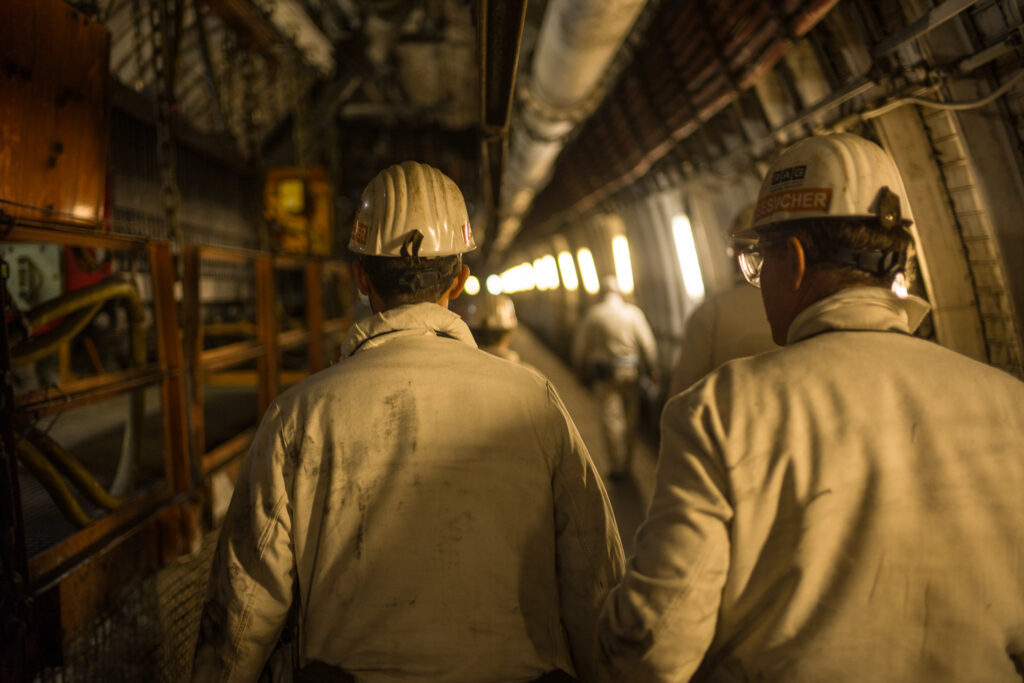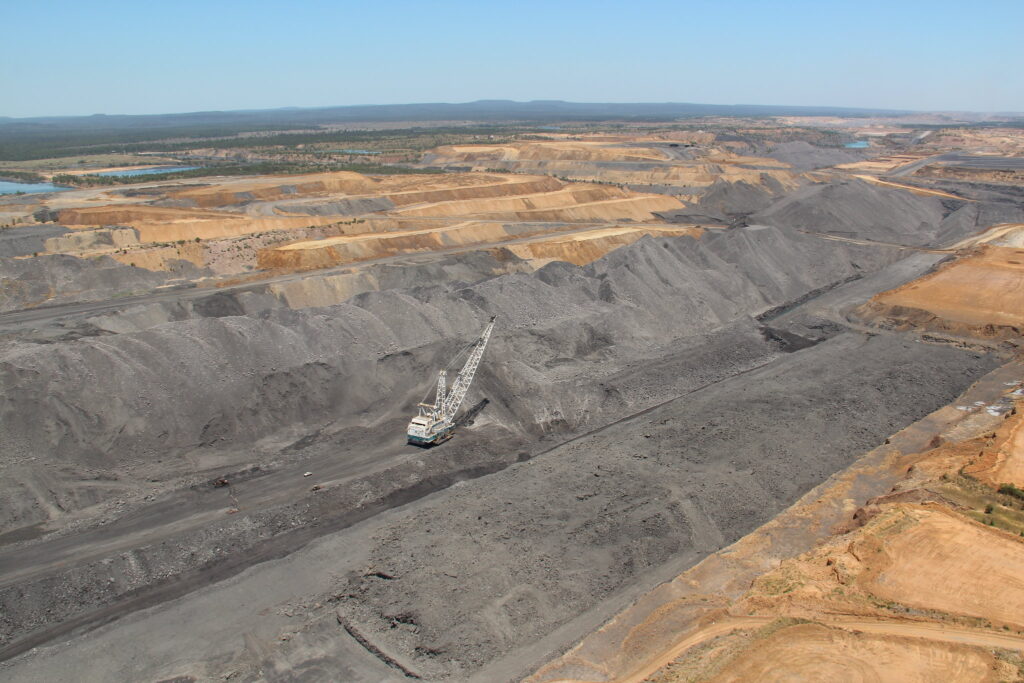If we are serious about limiting the impacts of climate change, around 80% of the world’s coal reserves will have to stay in the ground. Some mines will need to close. Here are five lessons drawn from our research on mining transitions for equitable societies.
Looking back at examples of mine closures – including of mines other than coal – we find that mines often close with little warning. There may have been a sudden crisis or a change in company policy, leaving no time to plan. Abrupt mine closures can mean that economic, societal and infrastructure factors are not sufficiently addressed.
A planning horizon of just a few years is not enough.
Some of the more successful cases described in the literature had planning horizons of at least a decade. Atikokan in Canada and Matlosana in South Africa are two examples; and “successful” in this context meant that, over time, these places developed other sources of employment and economic activity. Relatively few people left the region as result of the closures.
But this definition of “successful” is narrow. A transition that is truly successful is also just: the mining region should become more socially and economically equitable after the mine has closed.
Mine closures have socio-economic impacts on social groups, with one of the most impacted groups being miners and other workers who lose their jobs.
Labour policies, such as compensation and early retirement schemes, are therefore important in managing mine closures. But they are not enough. A wider range of policies is needed to foster regional economic development.
This is because while miners depend on the mine, so too may an entire town. Many small businesses close along with mines, and a town can lose almost all of its economic activity. Many leave, but the elderly are left behind. Youth, too, may find it difficult to leave, despite being left with few job prospects.
This is particularly true in developing countries where mines tend to be in isolated regions where all infrastructure is linked to mining – directly or indirectly – and supply chains are local.
A transition that is truly successful is also just: the mining region should become more socially and economically equitable after the mine has closed.
Another aspect to consider is gender. Historically, men worked in mines while women depended on their income. As men lost their jobs, women had to find work – and many of those women experienced double-work burdens, juggling paid work and household work. Or, women may only find badly-paid or part-time work without benefits like leave, healthcare and career development. These outcomes can lead to relationship stress and potentially the breakdown of partnerships.
The bottom line: closing a mine has huge social implications, which have largely been ignored.
So in planning a mine closure, societal impacts must be considered. To create a more equal and just society, policy-makers need to keep all these groups in mind.
While it’s possible to count the number of jobs lost, other factors are harder to quantify – yet still important. Having work, or losing it, has emotional dimensions. It affects how confident people are about their future, and that confidence – or lack thereof – can affect their physical and mental health.

There are many ways in which mine closures impact on people. Photo: mompl / Flickr.
There may also be political repercussions. Mine closures can lead people to vote for different parties, think differently about trade unions, or change attitudes toward local, regional or national authorities. There are cases in the past in which mine closure led to civil unrest.
Because closing a mine affects many people in many different ways, different actors – including civil society, local governments and companies – should be involved. This broad participation is needed for these actors to accept the outcomes.
This lesson was learned from the case of the Ravensthorpe nickel mine in Australia. The company, BHP Billiton, put considerable effort into liaising with the community in the development phase of the mine. But when the mine had to close, the company did not inform the community to the same extent, leaving people disillusioned and angry. Involving civil society and local governments would likely have led to less frustration and disillusionment.
Where there are many stakeholders and actors, it is essential to develop a common framework and vision of their post-mining community. Agreeing on a vision can take time, extending the planning horizon even further. This is seen recently in South Africa, where a government agency was tasked with conducting dialogues with stakeholders from across the country. Although this process has been going on for over a year, consensus on how to proceed has not yet been found.
Governments must be interested in planning and implementing mine closures so the outcome is a more equitable society. They must assume responsibility for managing these transitions.
Reorienting economies to benefit everybody is a very complex process. It requires a wide range of measures to convert the economy to something new based on strengths, skills and connections to other markets. It is also important to effectively communicate these measures so they are accepted.
In many cases around the world, years of mining operations have led to regional economies dependent on mines, and local (and sometimes national) public finances may depend on them as well. Livelihood options like small-scale farming may have been destroyed as a result of the mining, and the environment severely damaged.

This view of a coal mine in Australia gives an impression of the extent to which a landscape may be dominated by a mine. Photo: Lock the Gate Alliance / Flickr.
To address the multiple and complex challenges of a transition away from coal, all government sectors – health, social services, environment, finance, economy – must take responsibility.
A great deal of the responsibility for creating a new vision for a region in which a mine closes – and for implementing the measures that come with it – rests with authorities other than national governments. Whether a transition is just depends also on how well-equipped subnational institutions are in terms of finance, institutions, and knowledge.
In developing countries, there is also a role for development finance institutions, which must consider financing infrastructure projects to pave the way for regional economic transitions. They should also incorporate lessons drawn from history when they work to improve institutions through capacity-building.
Finally, mining companies must take responsibility to enforce best practices regardless of the context in which they are operating. Often, the same mother company behaves differently in different countries. Regulations are likely to be more strictly enforced in developed countries. But a company that has best practices for operations in one location should implement the same measures everywhere: whether in Canada, Australia, the US, South Africa, or Colombia.
Design and development by Soapbox.